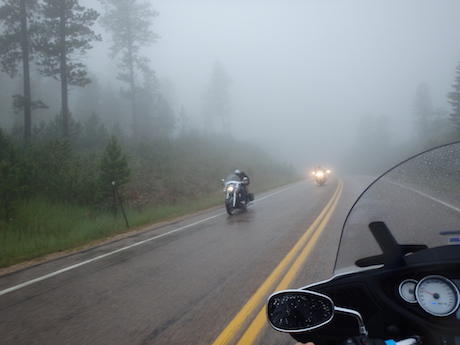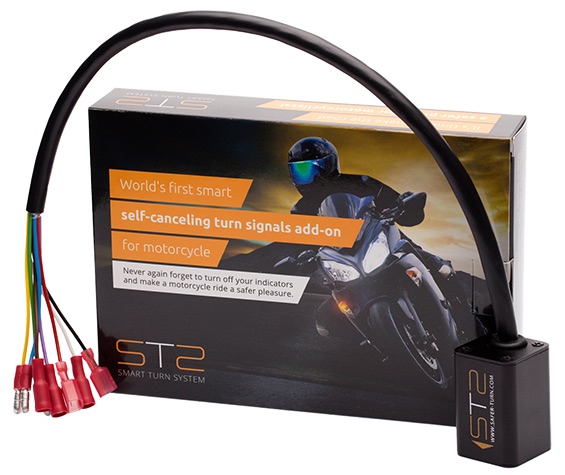Motorcycles are the fastest-growing category of vehicles on our roads and are allowed to lane filter, so drivers should pay more attention to riders than ever before.
Many crashes are caused by drivers not being mindful of motorcyclists. Auto accident attorneys in San Diego note that in 2016, over 5200 people lost their lives in motorcycle wrecks across the USA.
TorqueCars has published several articles about safe driving and has provided the following 10 tips for drivers to protect motorcyclists and themselves.
- Always check your blind spots. This is one of the main reasons for accidents involving cars and motorcycles. While switching between or merging lanes, it may be difficult to spot a motorcycle due to its smaller size. Motorcycles also tend to blend in and get lost in side-view and rear-view mirrors. Drivers should look twice for riders in their mirrors and over their shoulders before moving into another lane.
- Be careful when overtaking. Don’t overtake a motorcycle within their lane or so close that the aerodynamics of your vehicle upsets the stability of the motorcycle. Be sure to indicate your overtaking intention and indicate again when you return to your lane, at least three car lengths ahead of the motorcycle.
- Don’t tailgate motorcycles. Always keep a sufficient following distance behind motorcycles as they tend to slow using their engine braking, rather than their brakes. That means there may be no brake light indication they have slowed down. Rear-ending a bike can be lethal to riders.
- Weather has a more dramatic effect on motorcycles than it does on cars. Rain and wind can make motorcycles unstable and reduce their grip for braking and turning. Riders suffer more from visibility problems than riders in fog, mist, rain and low sun as they do not have windscreen wipers or blinds, so give them some room. Motorcycles can also be more difficult to see in these conditions.
- Night-riding can be unsafe for motorcyclists. Be careful not to dazzle riders at night with your high beams when approaching from the front or rear. Motorcycle headlights and rear lights can sometimes be weak and you may not see them until they are close.
- Stay in your lane. Riders are allowed to occupy a whole traffic lane. Drivers are not permitted to drive in the same lane as a motorcycle.
- Signal motorcyclists of your intent to turn. Start your turn signal earlier than normal when there is a motorcycle following you. Motorcycles don’t brake in as short a distance as cars because they have a reduce tyre contact patch. A late turn signal could result in a motorcycle hitting the back of your car.
- Intersections are risky zones. Most vehicle accidents occur at intersections, s taker extra care to look in all directions for motorcycles. They are small and you may not see them with a quick glance. Come to a complete stop, look twice and move off with caution.
- Look for turning motorcycles. Self-cancelling turns are rare on motorcycles. If you see a motorcycle with flashing indicators they may not be turning, but may have forgotten to switch them off. Don’t assume they will turn. Wait a moment longer.
Smart Turn System Self-cancelling indicator may save your life. BUY NOW! - Take a second look at turns. Before turning across a traffic lane, look for motorcycles coming toward you. Also look for motorcycles emerging between lanes of traffic or from behind a larger vehicle.
Finally, remember that there is no such thing as a minor collision between a car and a motorcyclist. They are vulnerable road users. It is the driver’s obligation to stay alert for motorcycles.
(Sponsored post)




